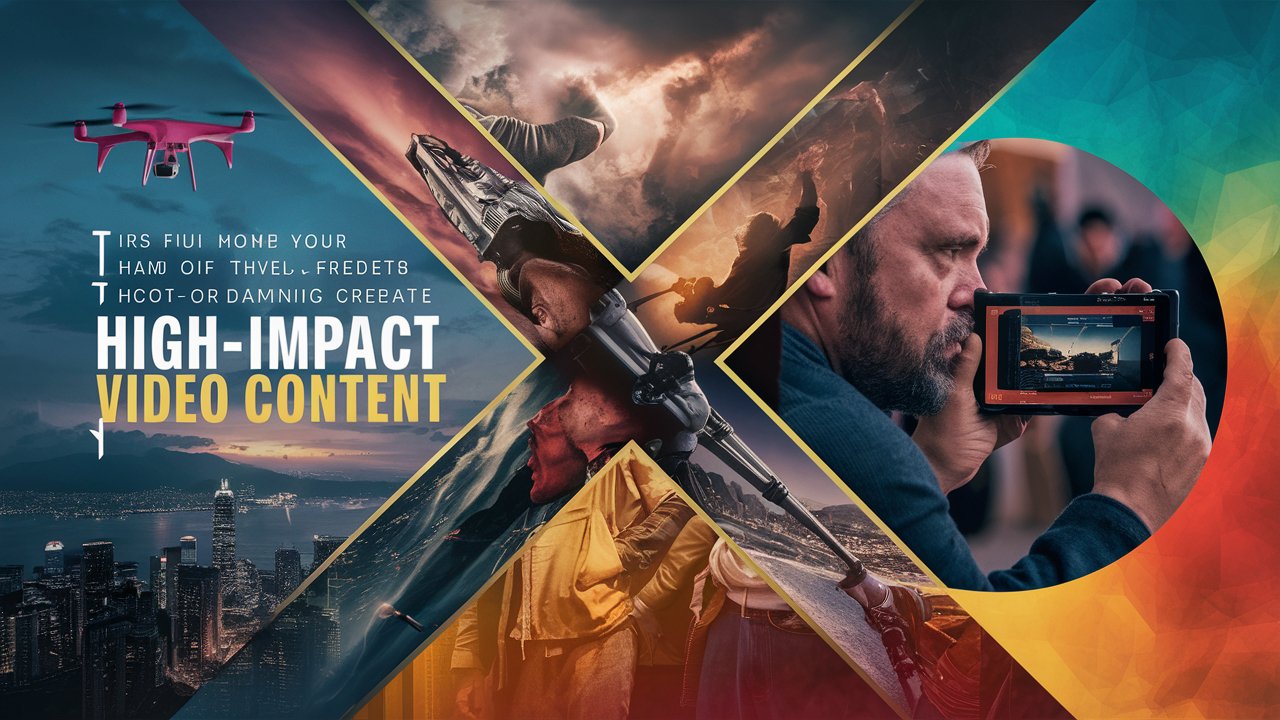Leveraging Data Analytics for Superior Digital Marketing Results
Introduction [caption id="attachment_7876" align="alignnone" width="1024"] Leveraging Data Analytics for Superior Digital Marketing Results[/caption] In the…
0 Comments









Recent Comments